Each year following the Olympics, the Paralympics take place featuring 23 sports and 549 events across 269 sessions. Like the Olympics, these games feature elite athletes pursuing their dreams of becoming the best in the world in their featured sport. And like adapted sports for recreational athletes, the games are important because everyone — no matter their ability —should be able to participate at every level.
Paralympic history began in 1948 at a war veteran hospital in Stoke Mandeville, located 60 kilometers north of London. German neurologist Sir Ludwig Guttman was looking for a way to help his paraplegic patients, all World War II veterans, rehabilitate more quickly. In 1952, he was instrumental in establishing the International Stoke Mandeville Games that became the Paralympic Games in 1960. Taking place in Rome, Italy, the first Paralympics featured 400 athletes from 23 countries. Today, over 4,400 athletes from 150 countries take part.
As with the Olympics the Paralympics represent a greater population. An estimated 1.3 billion people worldwide experience significant disability representing 16% of the world’s population, or 1 in 6 of us. According to 2021 U.S. Census Bureau data, there are about 42.5 million Americans with disabilities, making up 13% of the civilian noninstitutionalized population. These are huge numbers of people who deserve the same opportunities as everybody else, and thus, access, inclusion and leveling the playing field do matter.
In the Coachella Valley, we are fortunate that there are many opportunities for people with disability to participate in whatever they wish; not only sports and physical health opportunities, but also social interactions and connections leading towards positive emotional health.
The larger question is how to create greater societal inclusion so that all feel welcomed, respected and appreciated. This doesn’t happen overnight; however, there are still places where accessible restrooms and parking spaces don’t exist. If you are able-bodied, you may find that surprising, but these basic barriers are just the beginning in creating a safe, friendly and welcoming community for all.
Educating children during school hours is certainly a good starting point for beginning the conversation about diversity, access and inclusion. SoCal Adaptive Sports’ “Sports for everyBODY” program seeks to do just that and has worked with over 5,000 children throughout the region over the past two years. Attending and watching adaptive sporting events such as the Paralympics is another way to increase awareness, compassion and understanding.
Creating greater societal inclusion is possible and begins with having greater awareness and opportunities available to everybody. Leveling the playing field starts with each and every one of us.
Michael Rosenkrantz is CEO and Founder of SoCal Adaptive Sports and can be reached at (760) 469.9207 or mike@socaladaptivesports.org. For more information visit www.socaladaptivesports.org.
Source: 1) https://www.who.int/news-room/fact-sheets/detail/disability-and-health
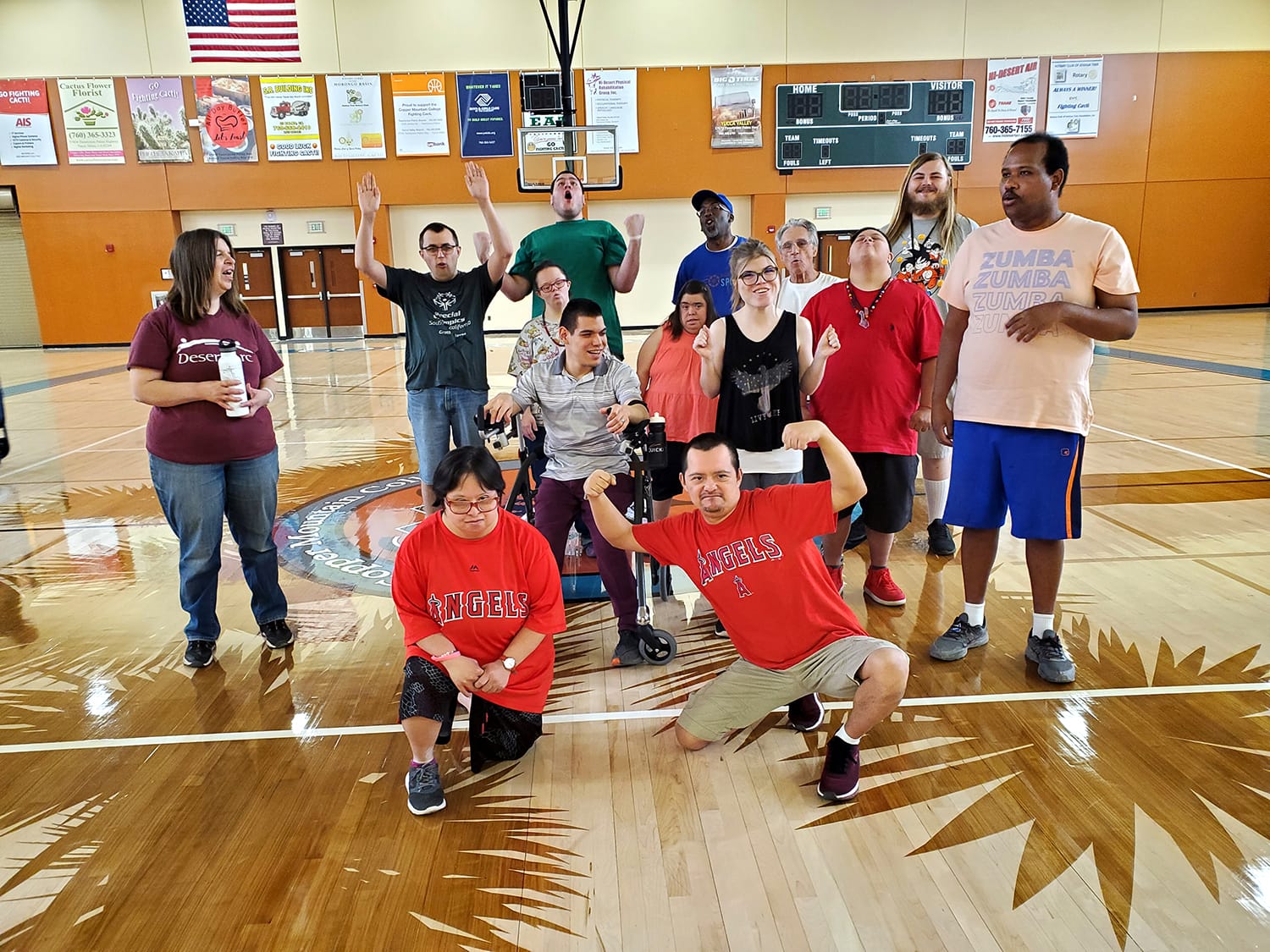




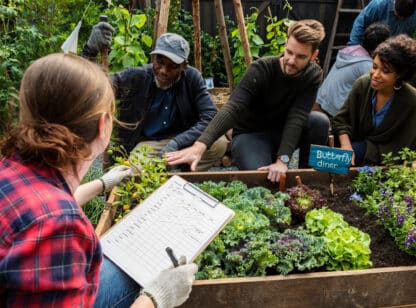
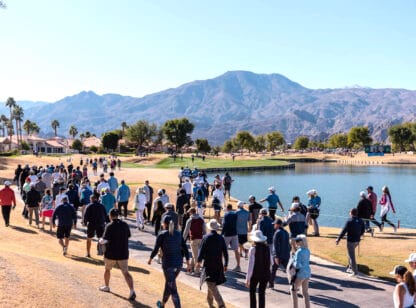
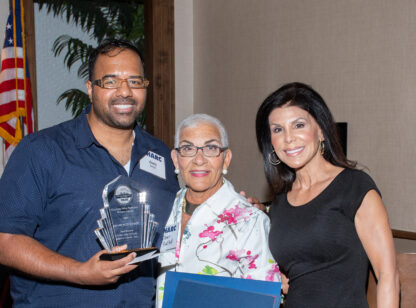


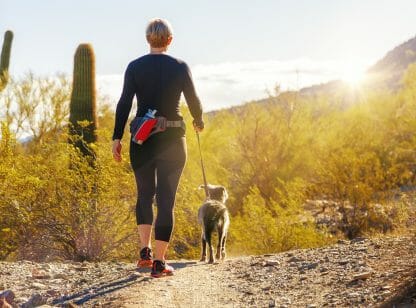



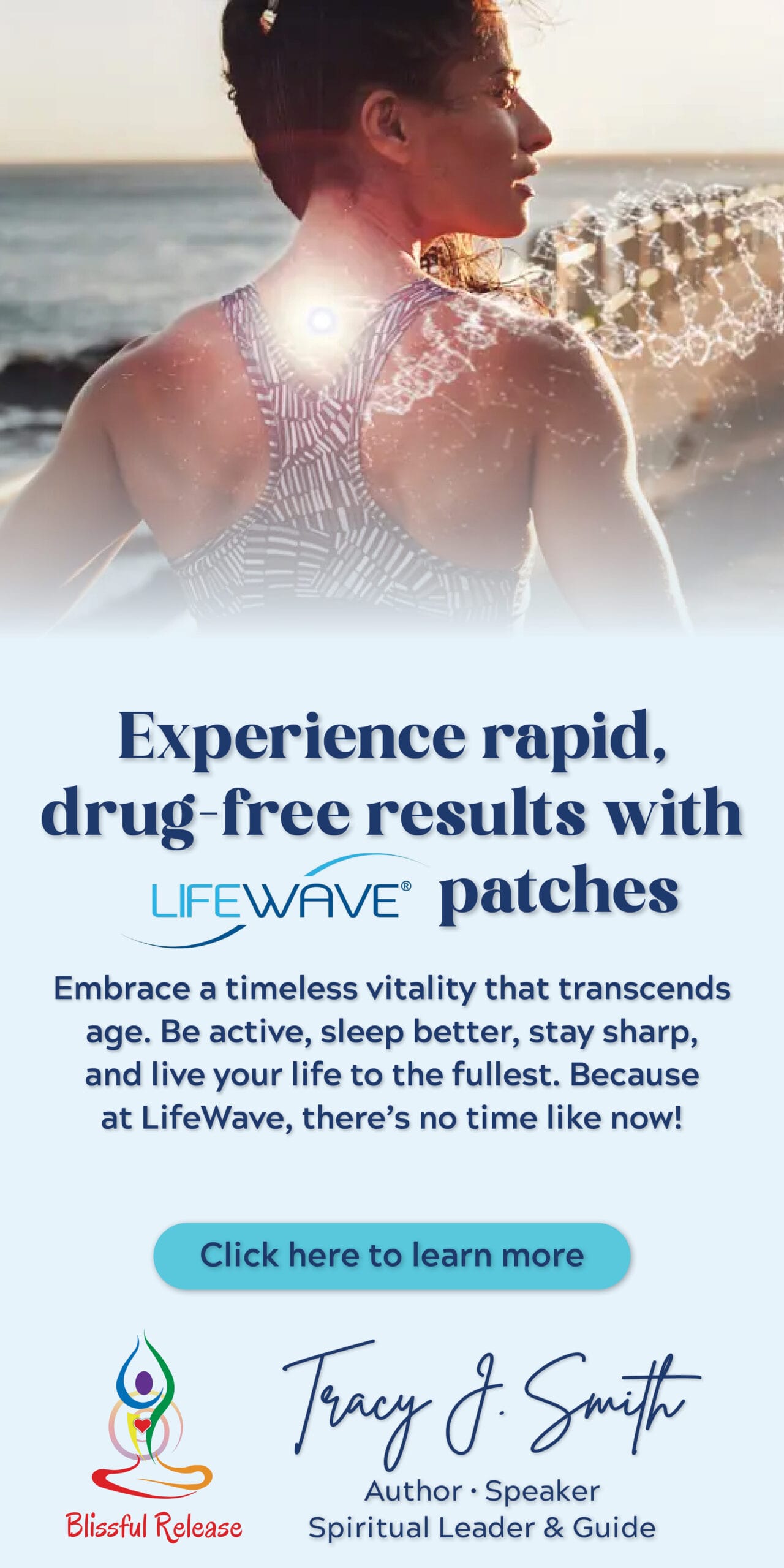
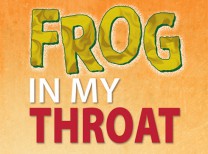
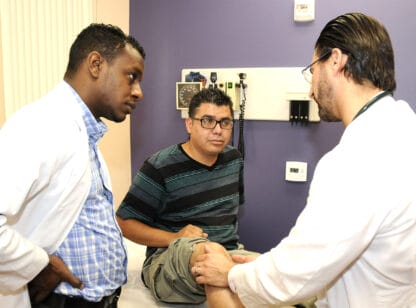
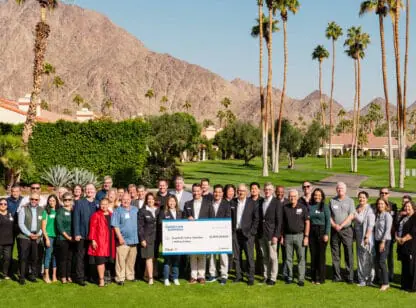



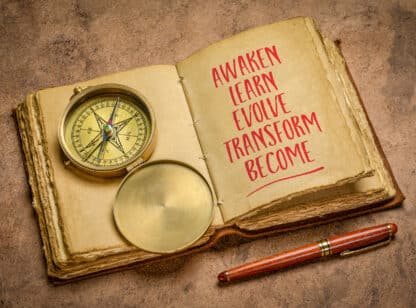
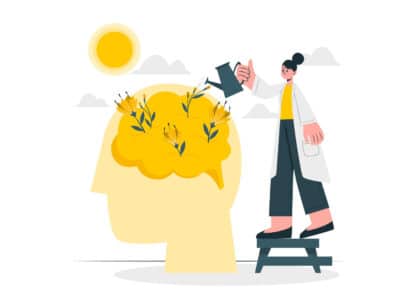



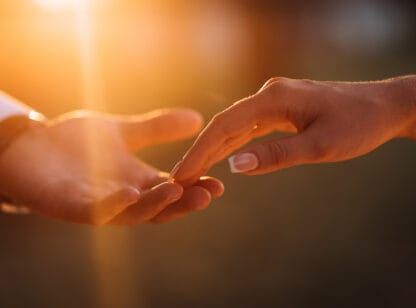

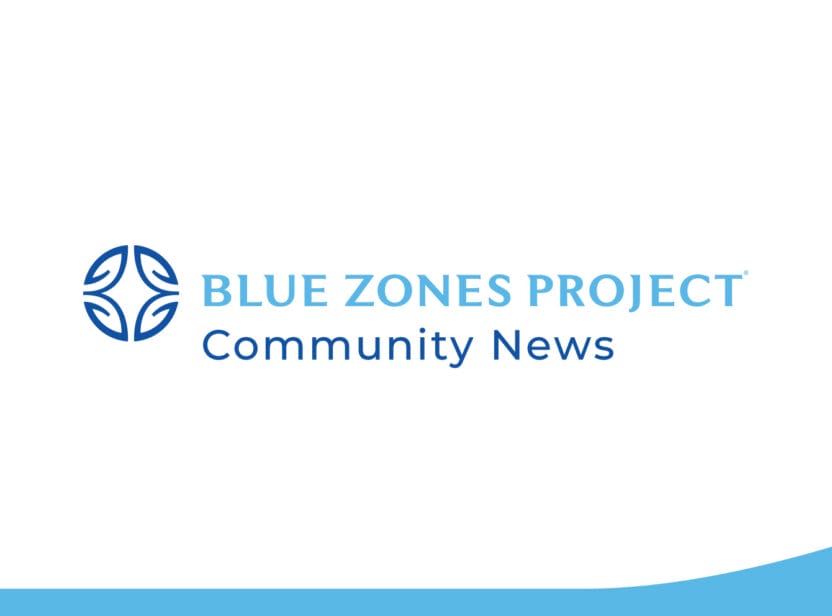








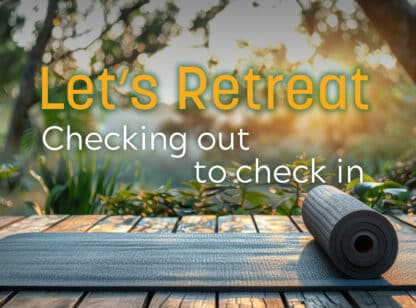
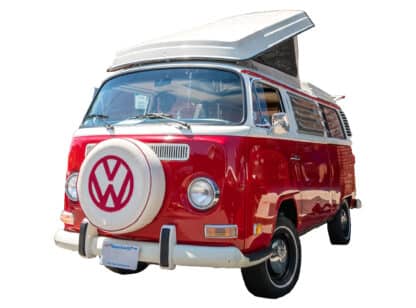


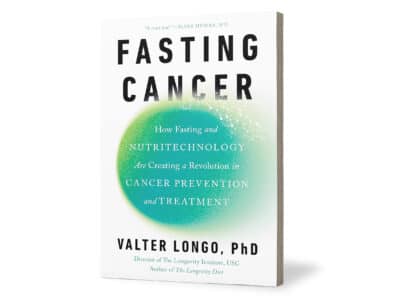
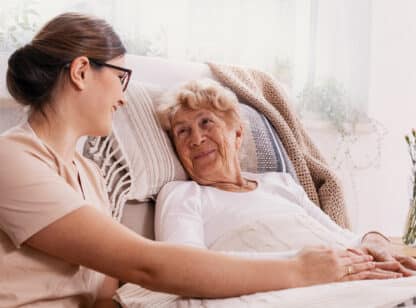
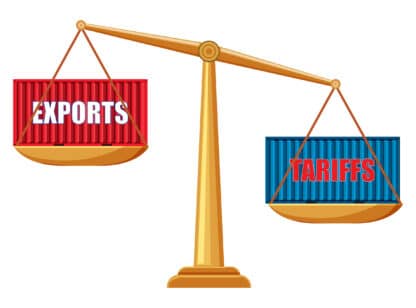
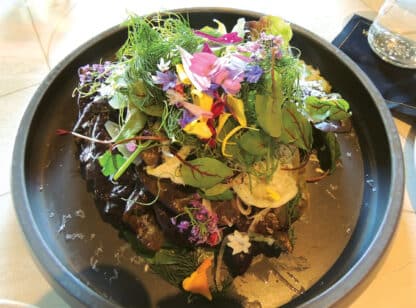




Comments (0)